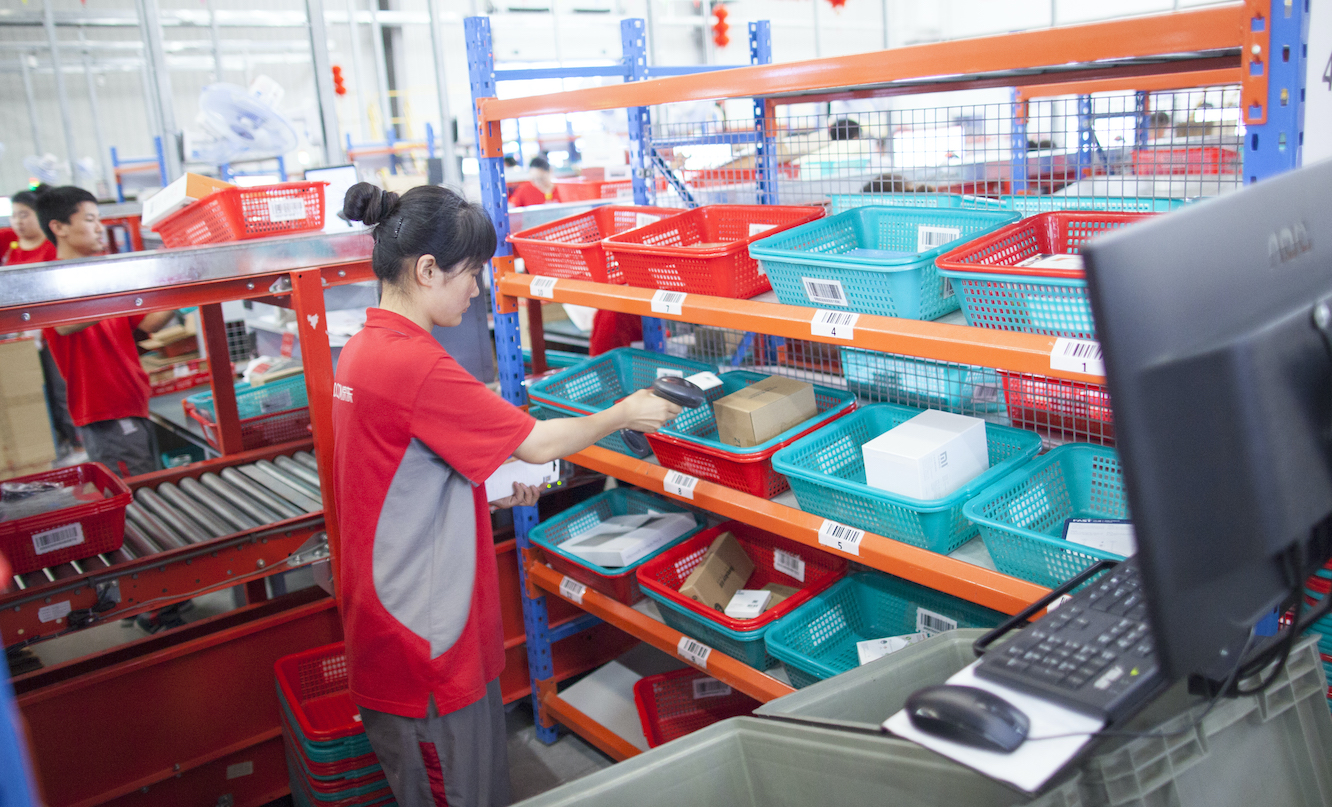Table of Contents
** Minutes
The 4 main factors of landed cost
Why ecommerce businesses need to calculate landed cost
If you’re familiar with ecommerce shipping, then you know there can be more to shipping costs than the actual shipping price — sometimes you have to account for taxes, customs, insurance, and other fees. This is known as the landed cost, which can be considered the true cost of a shipment once it reaches the customer’s doorstep.
Knowing your landed cost is important for ecommerce businesses, because it can have a major effect on your pricing strategy, customer footprint, and ultimately your profitability.
Let’s use the following example to look at how profits are calculated with and without the landed cost:
Without landed cost:
- Selling price: $45
- Total cost (manufacturing and shipping): $40
- Profit per sale: $5
With landed cost:
- Selling price: $45
- Total landed cost (manufacturing, shipping, customs, fees, insurance, etc.): $55
- Loss per sale: $10
As you can see above, a landed cost lets you know your true profits. In fact, calculating the landed cost in this example reveals that we not only underestimated our profits, but are actually losing money on every sale.
Understanding your landed cost lets you know how much you’re spending to get the order to the customer (by including hidden or sometimes forgotten costs) and helps you improve your profits.
What is landed cost?
A landed cost is the total amount of money it costs a vendor to create a product, transport it, and have the customer receive it. This includes not only shipping and raw materials, but any additional fees such as import duties, shipping insurance, and other related costs.
The 4 main factors of landed cost
Landed costs include a variety of fees that you may encounter when shipping. Some of these costs can be reduced, while others are affected by factors out of your control. Here are the most common:
1. Shipping costs
Shipping is the primary factor in determining your landed cost. You need to know how much per unit it costs to get a package to your customer’s door. Shipping costs are heavily reliant on shipping zones, box dimensions, and delivery speed, but can be brought down by storing inventory closer to your end customer and getting better courier rates.
2. Customs and import duties
Landed cost is a term often associated with international shipping, because those shipments face more fees than shipping in-country. Merchants can incur significant fees at customs that increase the landed cost of imported products and vary at the country and even product level.
These costs are often inevitable, but can be avoided when you use international fulfilment centres to ship to the end customers domestically. For example, ShipBob has a physical presence in the United States, Canada, and Europe to help reduce costs.
Because duties can be paid upfront by the seller (a method called DDP shipping), or at the point of delivery by the end consumer (called DDU shipping, which requires the person receiving the package to pay once the package enters the destination country), the landed cost can be affected.
The seller decides who covers duties, but it’s important to note that the receiver or customer may refuse the package if they have to pay additional money just to pick it up (when they already paid for the item(s), shipping, and sales tax).
3. Insurance and compliance
Shipping insurance is an optional service that is often used for expensive packages. Since you pay extra to insure the contents, it must be factored into the landed cost.
4. Handling and payment processing fees
Sometimes shipments include special handling fees, such as surcharges, which must be factored into landed cost.
Why ecommerce businesses need to calculate landed cost
Your ecommerce business needs to be profitable in order to grow. Make sure you understand your landed costs when handling your financials to get the following benefits.
1. Budget accurately
Most ecommerce businesses calculate profitability by using just their shipping and manufacturing costs. This isn’t a true profit calculation. The landed cost of a product is its true cost. Thus, to make sure you are budgeting correctly and making a profit, you need to know the landed cost.
2. Get insight into your supply chain
Landed costs also shed light on the supply chain efficiency and can help make it leaner. If you find shipping costs are too high, you could look into other couriers or work with a third-party logistics (3PL) company that has courier partnerships and a network of fulfilment centres to reduce your costs.
ShipBob is the industry-leading 3PL that helps ecommerce brands with order fulfilment and also offers free technology and analytics that provide average shipping cost per shipping method, average storage cost per unit, average fulfilment cost per order, and many more distribution metrics.
3. Make informed business decisions
Knowing the landed cost of bringing a product in — as opposed to just the wholesale cost — will help you determine which products are worthwhile and which aren’t.
How to calculate landed cost
At its simplest form, you can calculate landed cost for an order this way:
Manufacturing cost + shipping cost + shipping insurance + import duties + other fees
If you want to get to the average per-unit cost, just divide the total from above by the number of units in the order.
Note: You may choose to also factor in freight shipping costs (to get the inventory to the fulfilment centre), warehousing costs, and any other ecommerce logistics costs when calculating your landed cost depending on how granular you wish to get.
You can also use tools from couriers such as the UPS Landed Cost calculator when logged into your UPS account.
A landed cost example
Let’s go through another example of calculating a landed cost for an order:
- Your total purchase cost from your manufacturer is $10 for an item, and someone orders four of that item (a total of $40)
- Your shipping cost is $20
- Customs and import duties end up being $10
What is your landed cost? $70
With four identical units in the order, what is your landed cost per unit? $17.50
In this case, hopefully the item is marked up to significantly more than $17.50, since that would have you just breaking even. Of course, there can be damaged inventory, returns, and other costs of doing business that will result in additional losses.
The merchant would want to have a high enough listed price on their website to ensure they are covering their costs.
Improving your landed costs with ShipBob
ShipBob helps direct-to-consumer (DTC) brands reduce their landed costs by storing inventory closer to end customers, using our negotiated shipping rates, and gaining insights into supply chain optimisations to continuously improve your ecommerce fulfilment strategy and operations.
ShipBob’s advanced software helps us quickly understand shipping costs and how to improve shipping times by being closer to where our customers are.”
Andrea Lisbona, Founder & CEO of Touchland
Conclusion
Understanding your landed costs is crucial to knowing your profitability. If you aren’t using landed costs in your profitability calculations, you might be missing out on critical information and jeopardizing the future of your business.



